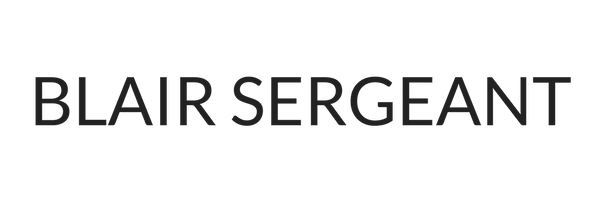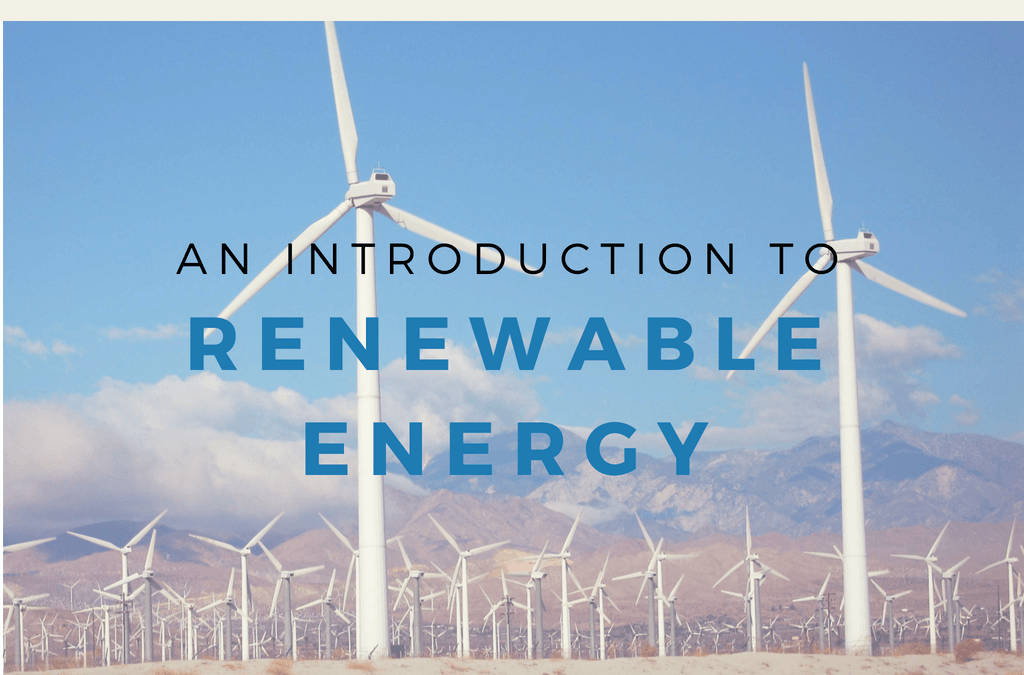The term renewable energy gets tossed around frequently in today’s conversations, especially as more people are growing more environmentally conscious. So what is it, exactly? Renewable energy is natural, can’t run out, and serves as an alternative to fossil fuels. That’s also why the terms “alternative energy” and “renewable energy” are used interchangeably: because they serve as an alternative to energy from fossil fuels. Overall, renewable energies are much better for the environment, given the smaller footprint and less pollution. They’ve become so popular in recent years, too, that renewable energy can no longer be considered “alternative.”
With big companies such as Shell and BP supporting this shift and investing in renewable energy, countries are following their lead. The International Renewable Energy Agency (IRENA) elaborates:
- Offshore wind investment increased fourfold since 2013 accounting for a USD 25 billion, 25% share of total wind investment in 2016 and is poised for further growth
- China commands more renewable energy investment than any other country and renewables investment in India has more than doubled between 2013-2016.
- Western Europe saw investment peak in 2015 at USD 73 billion before falling to USD 53 billion in 2016.
There are multiple kinds of renewable energy. Here are some of the more well-known types, in no particular order:
Wind Energy
The uneven heating and cooling of the atmosphere cause winds, which in turn can be captured by wind turbines and converted into electricity. The “fuel,” i.e., the wind is free, and technology has recently advanced to the point where wind power has become much less expensive and therefore a more viable option for those in live in areas where there is a lot of wind.
Wind power exists on multiple scales – a single-wind supplements an existing electrical supply and offsets a need for additional utility-supplied electricity. Wind energy can also be purchased on a more industrial scale on a wholesale power market via contract or bidding process. Single-wind would be for a single home, for example, whereas the utility-scale might be used to power a warehouse.
Hydroelectricity
The concept of using water as a power source has been around for a long time. Before electricity becomes commonplace, factories would use water wheels to generate power. Today, water is harnessed differently, in one of two ways:
- “Pumped-storage hydropower” is when water is stored in a reservoir by dams, which flows through turbines to produce electricity
- And “Run of River hydropower,” which doesn’t require a dam and instead funnels a portion of a river through a channel. The ability to produce hydroelectricity in this way, of course, is dependent on geographic location.
Solar Energy
Most people have seen solar panels on a roof somewhere or another as contractors are working to include more eco-friendly building materials. Solar energy captures the sun’s energy and then uses it to convert energy and light through photovoltaic systems.
The energy can then be used in many different ways – to create solar hot water systems, for example. By concentrating the sun’s heat while being boiled in a steam generator produces electricity, and with the right equipment, can even be used as a cooling and heating system.
The sun, even passively, generates light and heat, even without harvesting that energy and can be utilized to brighten a space or warm it.

